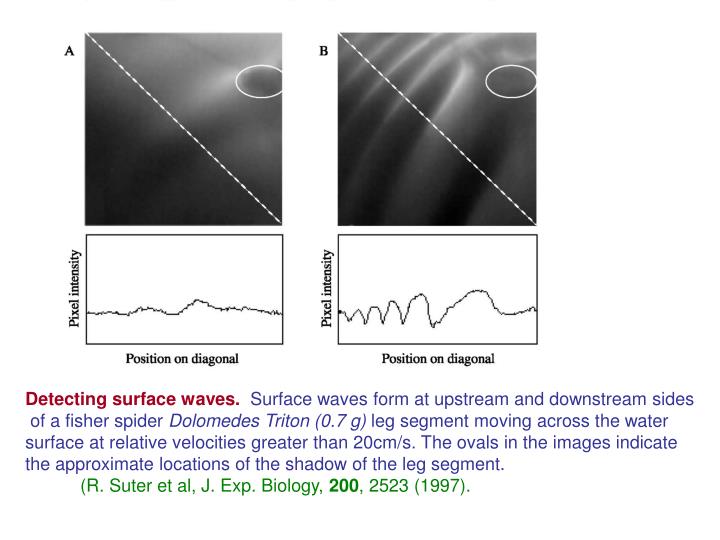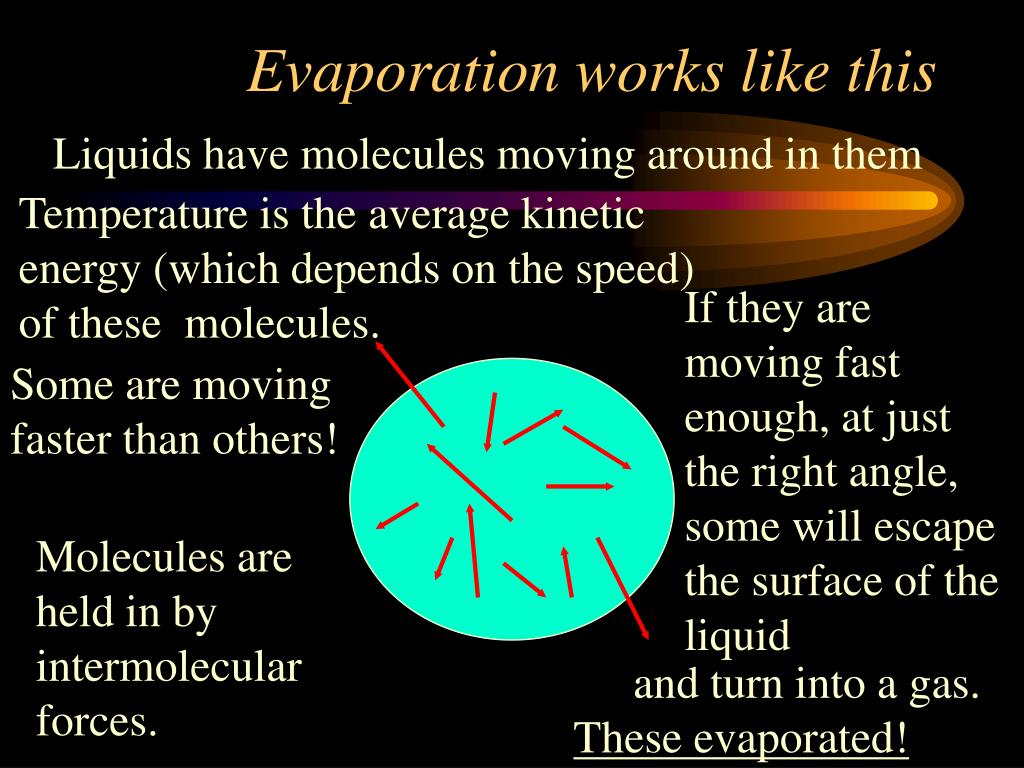

Importantly many experiments (Slobod and Howlett, 1964, Buès and Aachib, 1991, Schötting et al., 1999, Freytes et al., 2001, Watson et al., 2002, Jiao and Hötzl, 2004, Menand and Woods, 2005, Flowers and Hunt, 2007) suggest that density differences may significantly reduce longitudinal dispersion in gravity stable, favourable viscosity ratio displacements at relatively high displacement rates but that the dependency on the magnitude of the density difference is quite small. However there are virtually no data available for longitudinal or transverse dispersion coefficients in flows with the high density contrasts and low mobility ratios (see Table 1) encountered in VAPEX. Holm, 1986, Monger et al., 1991) and heavy oil recovery via Vapor Extraction (e.g.

This may also occur in various enhanced oil recovery processes where much larger viscosity ratios (between ) and density contrasts (density differences of 500 kg m − 3 are possible) are encountered, particularly in miscible displacements such as CO 2 injection (e.g. They showed that dispersion decreases in gravity stable and/or favourable viscosity ratio displacements but increases when the displacement is unstable. For example Jiao and Hötzl (2004) investigated a common hydrological application of seawater intrusion into freshwater aquifers.

There is ample experimental evidence in the literature that density and viscosity contrasts may increase or decrease dispersion depending upon whether the flow is gravity stable or unstable (Blackwell et al., 1959, Brigham et al., 1961, Perkins and Johnston, 1963, Slobod and Howlett, 1964, Buès and Aachib, 1991, Kempers and Haas, 1994, Jiao and Hötzl, 2004, Menand and Woods, 2005, Flowers and Hunt, 2007, Landman et al., 2007, D'Angelo et al., 2008). Ebach and White, 1958, Froment and Bischoff, 1990). Upreti et al., 2007), and chemical engineering (for packed beds e.g. Holm, 1986, Shrivastava et al., 2005, and for heavy oil recovery by VAPEX e.g. Dispersion coefficient data are particularly important in hydrology for the prediction of mixing between groundwater and contaminant plumes (see for example Flowers and Hunt, 2007) but are also useful in petroleum engineering (for recovery of light oil by miscible gas injection, e.g. Most authors including Taylor, 1953, Saffman, 1959, Saffman, 1960 assume that dispersion describes the macroscopic mixing between the fluids although it can also be used to describe spreading when there is not complete mixing (e.g. A similar reduction in transverse dispersivity in gravity stable flow, independent of Peclet number, was observed and found to be consistent with observations in the literature for more modest density contrasts.ĭispersion describes the increase in spreading (over that expected from molecular diffusion) seen in the concentration of an inert tracer (tracer dispersion) or at the interface between two miscible fluids flowing through a porous medium as a function of their flow velocity. Additional transverse dispersion data was obtained for fluids with a density contrast of 225 kg m − 3 and a matched viscosity ratio over a range of Peclet numbers (1 < Pe < 1000). This reduction was relatively insensitive to the magnitude of the density contrast and the flow rate, for Peclet numbers less than 100 and found to be consistent with earlier theoretical predictions. The longitudinal dispersivity was reduced by a factor of 2 for flows influenced by gravity. Data from laboratory measurements of longitudinal dispersion in low viscosity ratio (8.63 × 10 − 4) and high density contrast (471 kg m − 3 ) displacements are compared with literature data for more modest viscosity ratios and density differences and with earlier theoretical analysis. Transverse and longitudinal dispersion in gravity stable, favourable viscosity ratio flows are investigated and compared with earlier data obtained for miscible fluids and for tracer flow.


 0 kommentar(er)
0 kommentar(er)
